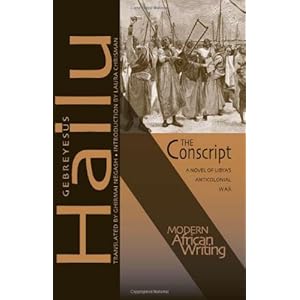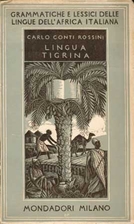Eritrea is
a multi-ethnic country, and their cultural arts reflect the nuances between
these groups. Art is not merely
for art’s sake but for everyday use.
Leather goods like jackets and shoes are commonly produced, as well as
gold and silver works.
Practical-use items such as ropes, clay coffeepots, and baskets are made
and used by locals.
Because
coffee is such an important drink to Eritrean culture, coffee pots are vital to
their cuisine. Most of the pottery
made here is fired using basic kilns.
(I looked into buying a kiln once. A cheap one costs as much as a used
car.) These clay coffee pots
have a large bowl at the bottom with a long slender neck and a handle on it.
Gold and silver
mines are part of Eritrea’s economic growth, and this gold is not only poured
into ingots and based as currency, but a portion is also made into earrings,
necklaces, rings, gold crosses, and other ornamentation.
Basketwork
is slightly different than some other areas in the world, whereas baskets do
not only carry food and store food, but they also have baskets that are also
used in preparing and serving the food as well. Available in all sizes, colors, and designs, these baskets
are practical and beautiful.
Eritrean
literature is primarily written in the Tigrinya language. Early literature used the Ge’ez
language, but later changed over to Tigrinya. The languages are very similar; in
fact, the Tigrinya language utilizes the Ge’ez alphabet and a lot of its
words. Most of the types of
literature included historical accounts, stories about the royal families (even
the ancient Eritreans couldn’t escape it apparently), and religious
poetry.
It wasn’t
until almost 1950 before the first novel written in Tigrinya was published: a
book called A Story of a Conscript by
Ghebreyesus Hailu, about a group of Eritreans who were required to fight for
the Italians in Libya. From this
point forward, literature began to be written and published en masse in
Eritrea.
The man often
attributed as the “father of Tigrinya literature” is Feseha Giyorgis. An Ethiopian, he left his home country
for Italy, where he wrote a pamphlet on his journey there and continued on to
teach the Tigrinya language while he was living there.
Another
substantial poet worth mentioning is Carlo Conti Rossini. His pièce de résistance is his
three-part poetry called Tigrinya Popular
Songs. The first part contains
73 love songs; the second part is lover’s complaints; and the final section is a
collection of long poems for special occasions, praise for tribal leaders,
funeral poetry and praise for the deceased, and mourning songs. Altogether, it was published over the
course of four years and also includes notes and commentary written in
Italian.
Up next:
music and dance




No comments:
Post a Comment